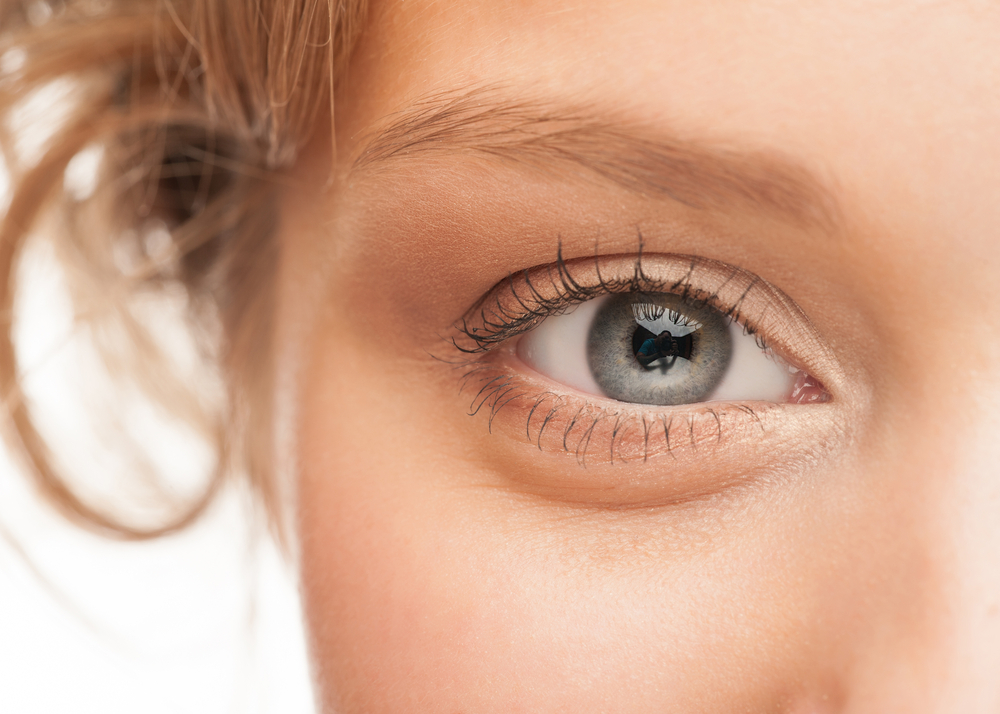Fabry Disease and Your Eyes

Genetic mutations that result in the buildup of fatty molecules called globotriaosylceramide (Gb3 or Gl-3) are the cause of Fabry disease. This accumulation damages cells and leads to problems in various tissues, including the eyes.
Many of the symptoms of Fabry disease are similar to those of other disorders. However, doctors can use those affecting the eyes to distinguish Fabry disease, helping to reach a diagnosis more quickly.
How does Fabry disease affect the eyes?
Fabry disease can lead to corneal opacities — grey, brown, or yellowish streaks that appear on the cornea, the clear outer layer that covers the lens of the eye. Sometimes, they first appear as a haze or fog over the cornea, becoming more streak-like with time. An estimated 90% of Fabry disease patients have this symptom, and it is often present in children in a milder form.
The appearance of this “corneal opacity” does not usually cause severe problems with vision. However, a study comparing Fabry patients with healthy volunteers demonstrated that more patients reported problems with dim vision or difficulty seeing in low-light environments than did those without the disease. Patients also reported dryness, and sore and tired eyes.
Fabry disease can also lead to conjunctival saccular aneurysms, in which blood-filled sacs appear at the corner of the eyes. The blood vessels behind the eyes can also become irregular and twisted.
What causes eye symptoms?
The accumulation of Gb3 in the cornea is what causes opacity and streaking. Gb3 accumulation in the cells that make up the blood vessels may cause abnormalities in vessel formation.
Diagnosing eye problems
A visual examination of the eyes can reveal streaking or corneal opacity. A dilated eye exam, where the doctor uses medication to dilate or expand the pupil, allows for an examination of the back of the eye, including the blood vessels. If abnormalities exist in the blood vessels, they will be visible in this type of exam.
Eye symptoms are present in the early stages of Fabry disease. Eye exams, for this reason, are an important step in an accurate diagnosis, helping to ensure that patients get access to treatment as quickly as possible.
How are eye symptoms treated?
Treatments for Fabry disease should help with its visual symptoms. Your ophthalmologist may also recommend eye drops for pain, fatigue, and dryness involving the eyes.
Last updated: June 12, 2020
***
Fabry Disease News is strictly a news and information website about the disease. It does not provide medical advice, diagnosis or treatment. This content is not intended to be a substitute for professional medical advice, diagnosis, or treatment. Always seek the advice of your physician or other qualified health provider with any questions you may have regarding a medical condition. Never disregard professional medical advice or delay in seeking it because of something you have read on this website.






